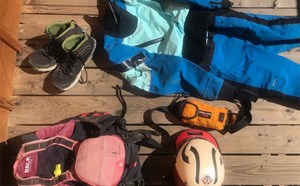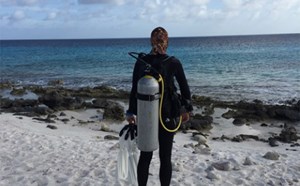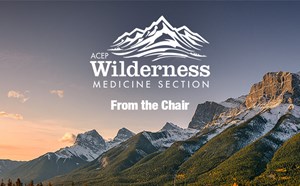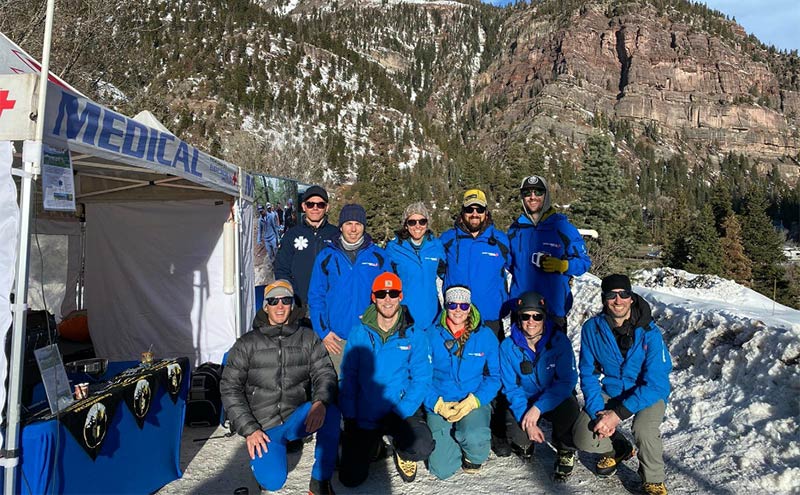
Field Dispatch – The Ouray Ice Festival
Being a medical provider is more than a profession, it is a full value pursuit. The range of emotions and experiences that it encompasses spans from profound and rewarding to downright awful and uncomfortable. It has both type I and type II fun and sometimes things that just aren't fun at all. But sometimes, as in life, you get lucky. Sometimes things just work out. Sometimes you get to go to the Ouray Ice Festival, for "work."
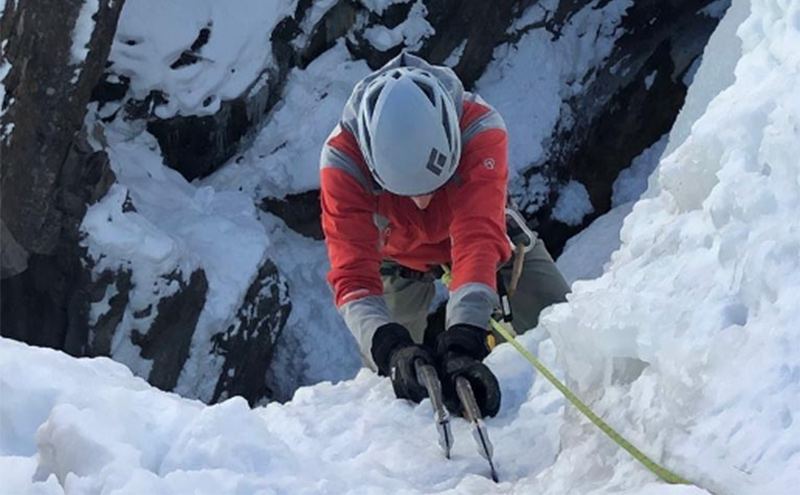
Staffing the Ouray Ice Fest was a collaborative effort between the Wilderness Medicine Section at the University of Colorado School of Medicine and the Denver Health Emergency Medicine Residency program under the direction of Event Medical Specialists. The interdisciplinary team consisted of both clinical experts and technical team members, though there was no true division of labor and significant overlap in expertise existed among group members. The primary clinical team included physicians at all levels of training (attending, fellow and residents), nurses and APPs while technical expertise was provided predominately by paramedics affiliated with local search and rescue (SAR) teams and a regional climbing guide.
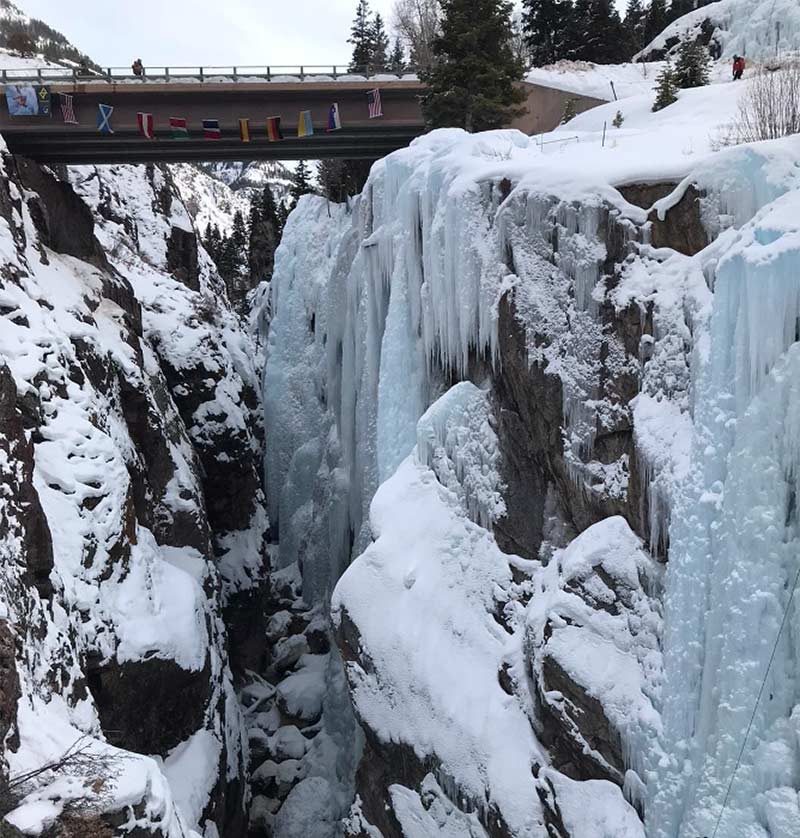
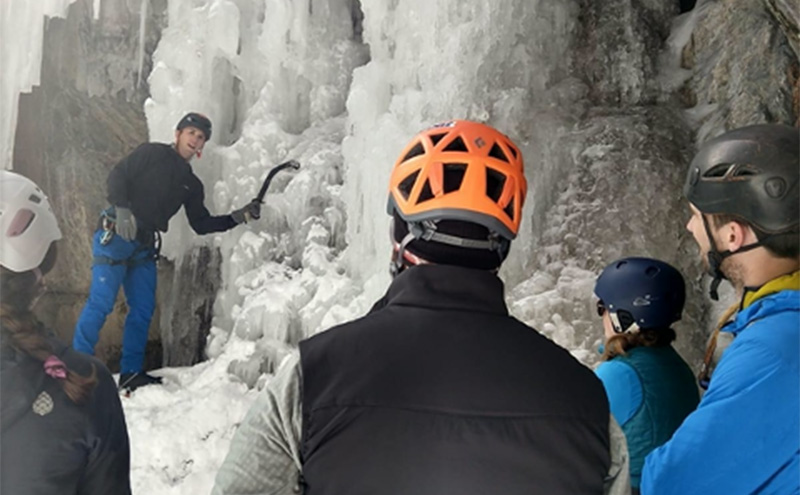
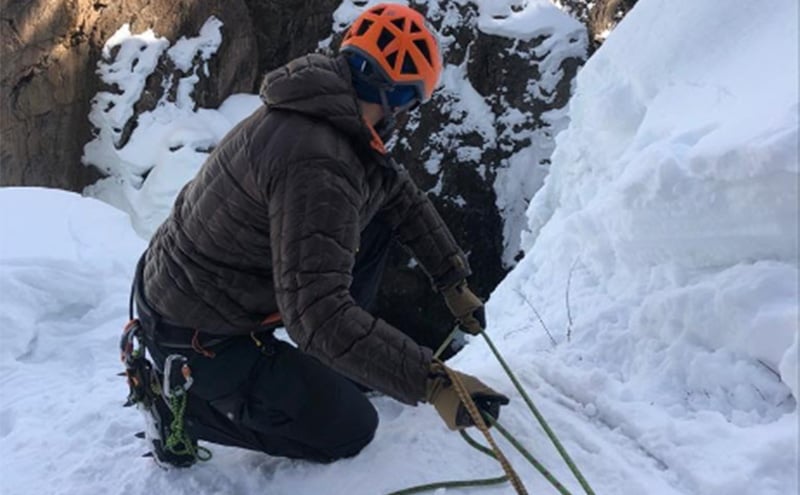
The advance team arrived in Ouray to a frozen pizza dinner and kitchen table planning session on 1/22, two nights before the festival began in earnest. After an early morning alarm and breakfast of bacon and eggs, we met with members of the Ouray Mountain Rescue Team (OMRT) to walk the Ice Park, learn established evacuation routes and discuss logistics of technical rescue. It was the first time at the Ice Park for many of our team members and we were appropriately gawking. While informative and important to later providing care, this quick glimpse into the otherworldly environment of frozen waterfalls, steep rock and trickling streams throughout the gorge mostly added to an already irresistible pull to go explore the terrain. We finished our tour, exchanged radios with OMRT and hustled back to the parking lot to grab ropes, crampons and ice tools to make the most of a few hours of downtime before we were allowed to setup the medical tent.
One of the incredible benefits of the diverse team brought together for this event was the unparalleled opportunity interdisciplinary training. We had a group of people with diverse backgrounds and skill sets, a captive audience (sitting in a tent while not on a roving team during the event) and a shared common interest in wilderness medicine. As an example, during the few hours before setting up our tent, one of our technical team members with the least medical training but the most technical ice experience walked through the basics of crampon travel, use of ice tools and ice climbing technique. We practiced setting up anchors and belaying climbers from above while in the park and used our evenings to get nerdy working through belay escapes and other technical systems. We discussed shoulder dislocations, proper radio techniques and even worked on a proof of concept experimental design for testing active rewarming blankets. This pattern of providing care interspersed with technical and logistical training as well as free time to explore and enjoy the festival proved to be the operating procedure for the weekend. Rinse and repeat. We were proud to work alongside the countless other kind and generous volunteers that schlepped bags and gear, lit propane heaters and graciously passed out free pancakes and coffee that helped contribute to the sense of community that makes this festival so magnetic for so many people.
As far as medical care provided, we are happy to report that there were no major incidents that required advanced medical care or technical rescue. Most of our patients had simple abrasions, evaluations for sprains and strains with the occasional field laceration repair from falling ice or errant crampon point. There were a few close calls, including one memorable minor knee injury that occurred while crossing the stream at the bottom of the gorge. A crampon skittering off a wet log left a patient struggling in the freezing water but fellow climbers and guides jumped to action and the patient metaphorically rubbed some dirt on it as she went on to send her next pitch of ice. She was briefly evaluated on scene and later returned to the tent for a more formal evaluation.
Ouray also allowed the time and space to decompress from our often too-busy work lives in the company of old and new friends. There were hot springs, Thai food and a sponsored space-themed dance party to bring a little of the levity and eccentricity of the ice climbing tribe out of the festival grounds. If not for beauty, the physical challenge, the shiny gear or the unparalleled opportunity to gain experience in technical winter environments, next year come say hello in Ouray for the goats.
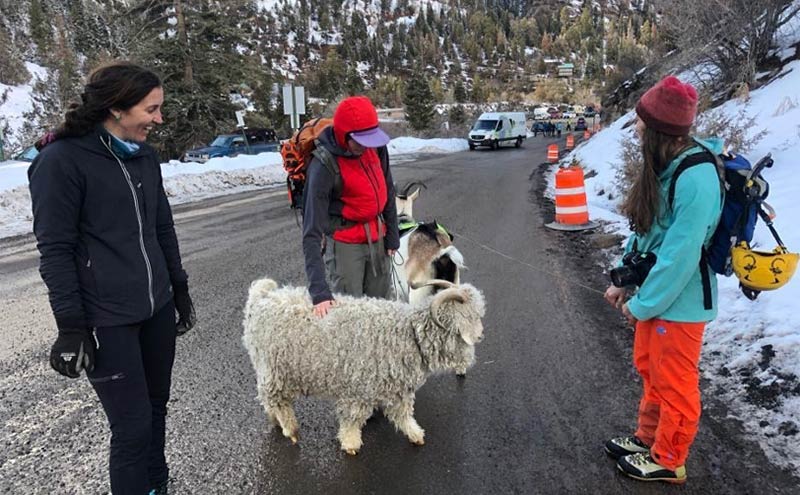
Brayden Ashdown, MD
(Denver Health Residency in Emergency Medicine)
Chase Nelson

